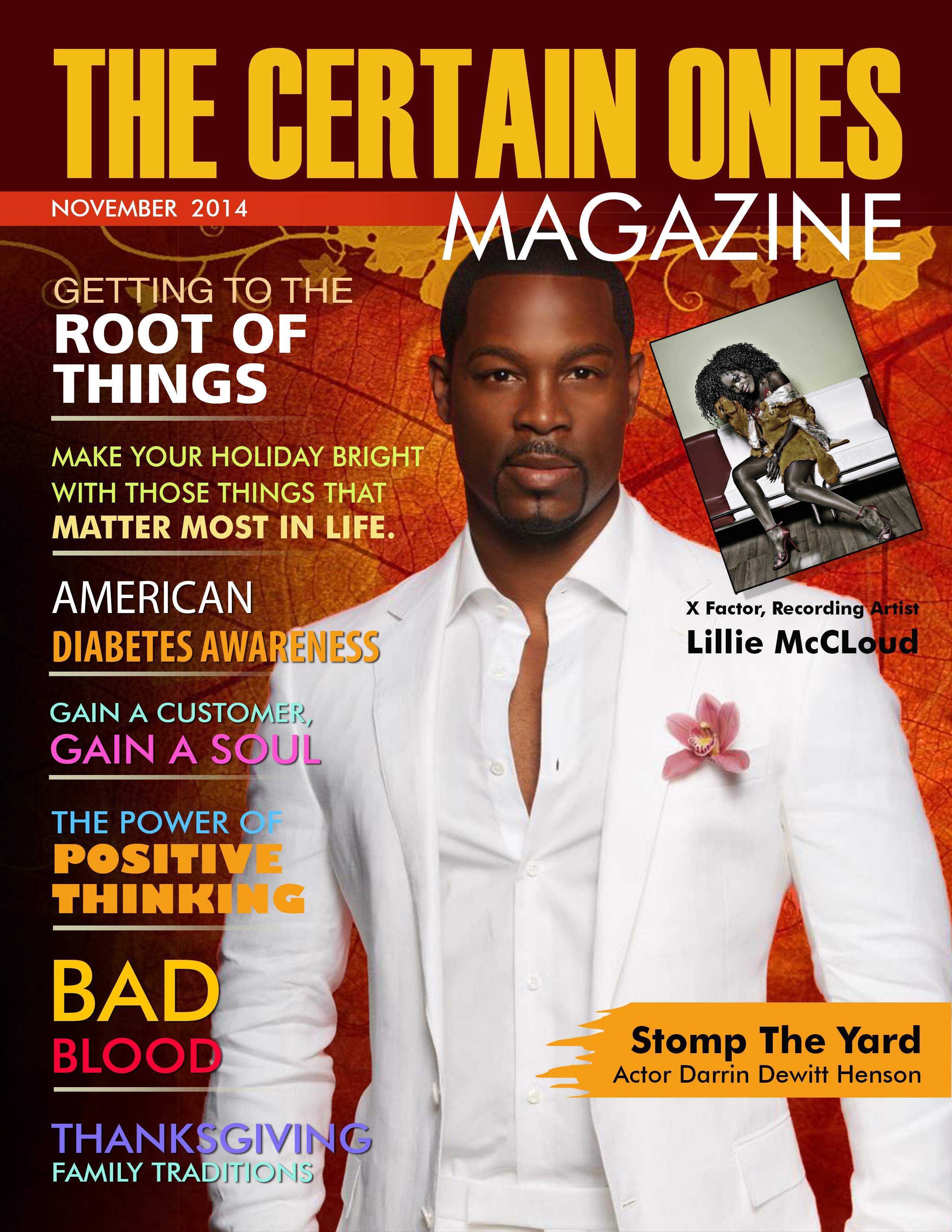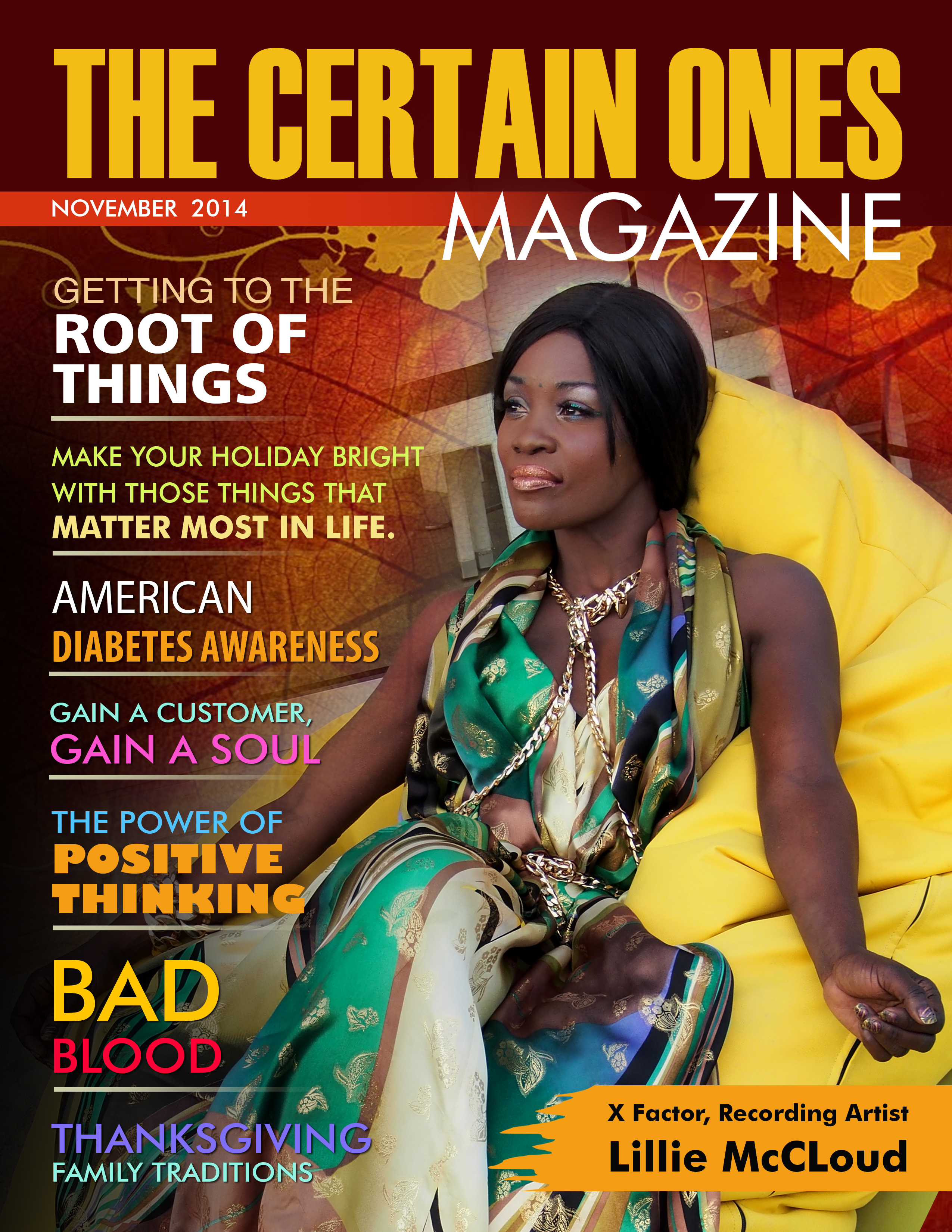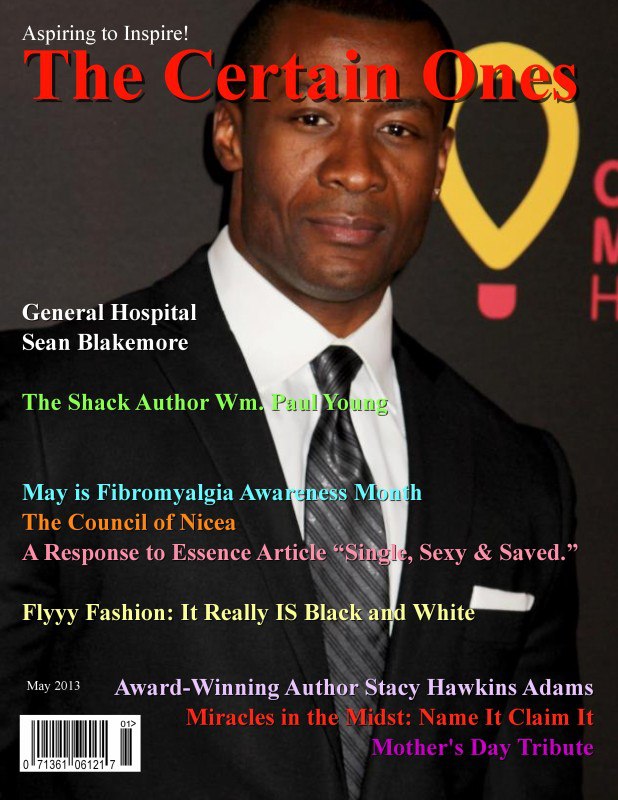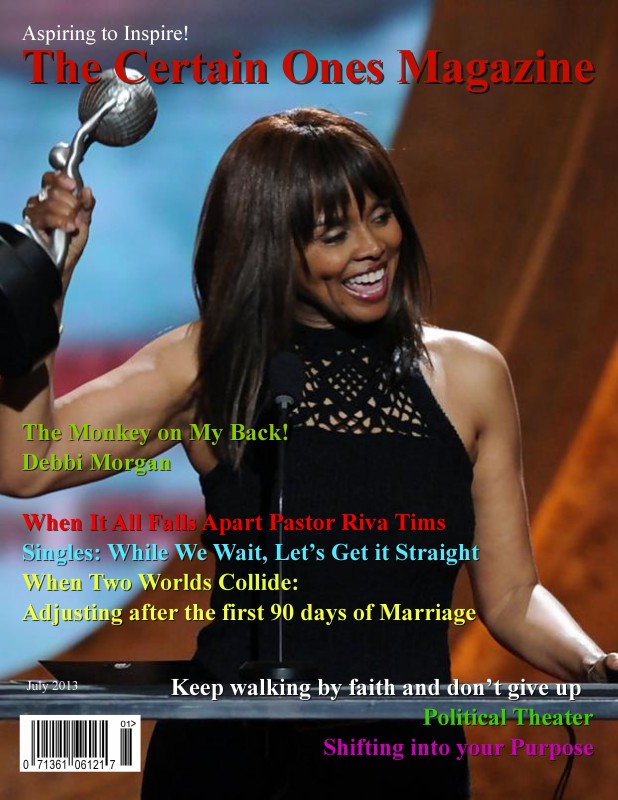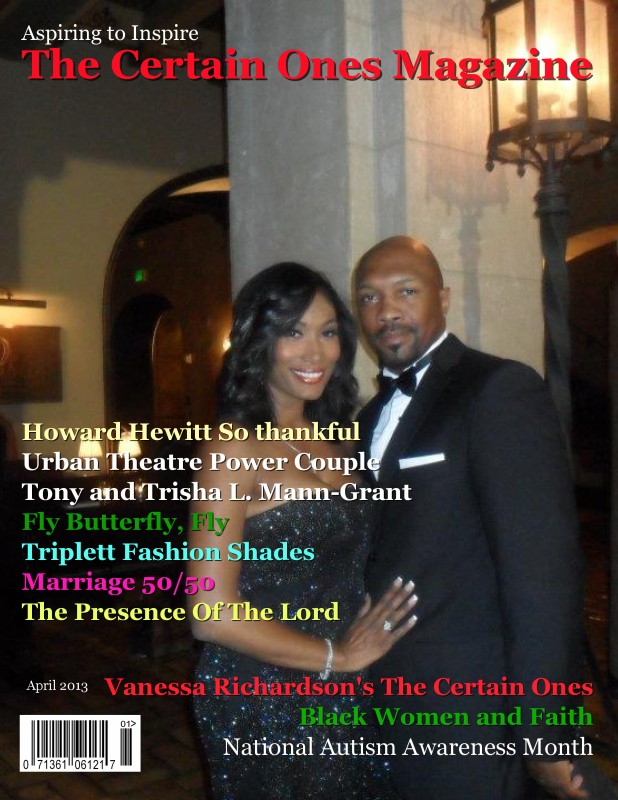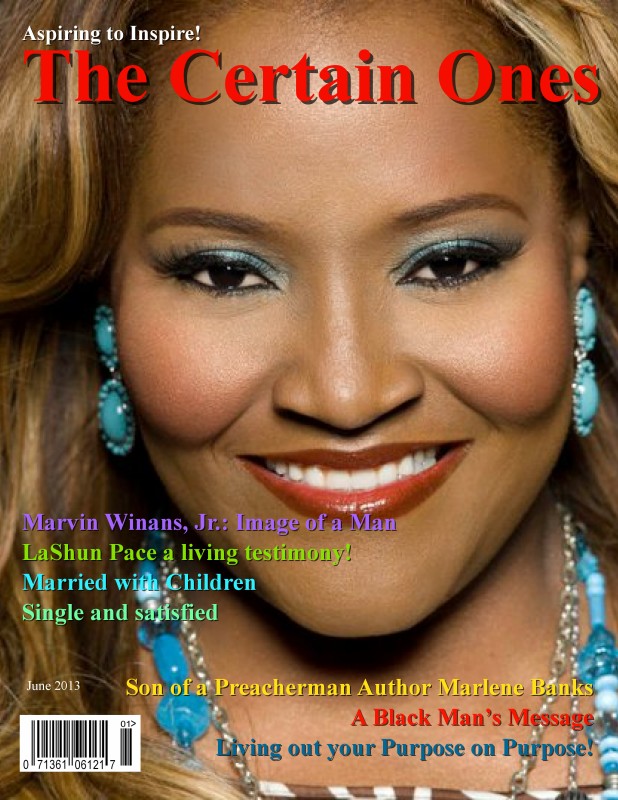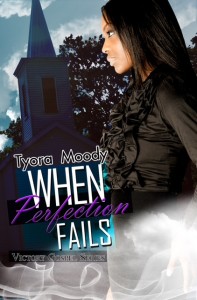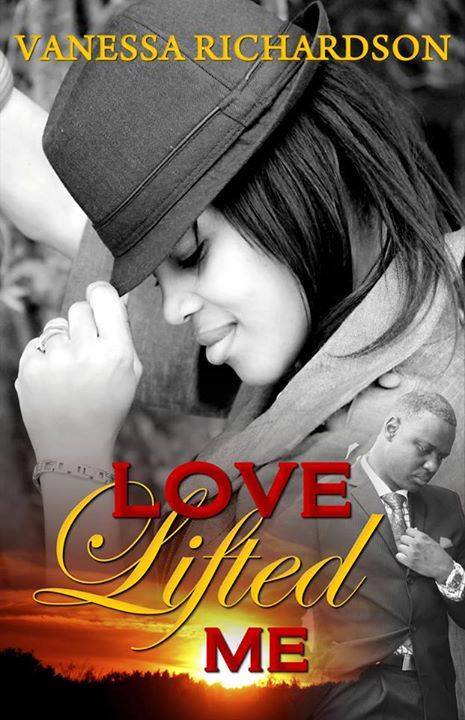Posted by The Certain Ones in History/political, Political/History | 0 Comments
Protest And Rage
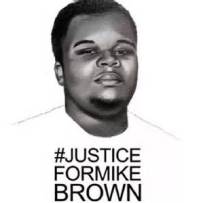
Article by John T. Wills
The disturbing event of Ferguson that we recently witnessed seemed to have come as a surprise to many. Frankly, I don’t know why. The outrage has been simmering for a long time. The only thing different here is the level of disregard the police exercised against unarmed black people. What happened was the result of how America has trained it people to forget that it has always been this way, just look back at the racial strife a generation or so ago during the civil rights movement.
Then like now, they found a black face to calm the unrest or find some preacher to tell you to love your neighbor and turn the other check after you have been beaten and bruised. Back in the day, they put dogs on peaceful “Negro” protestors and used fire hoses against unarmed men, women, and children. This was done even when these folk left their staging areas, which was a church with preachers leading the marches and the forces of evil still beat and trampled them.
If you go back far enough in our history, the police came about to be slave catchers and to control the oppressed people. The common wisdom, then like now, was to hire and put more black people on the force to use them to occupy the communities where blacks live. Let’s not forget, the FBI, America’s top law enforcement agency would not hire black agents, and it took lawsuits to make that happen. If this was the case, what do you think happened in Mayberry?
The riots this time was sparked by the shooting of unarmed black teenager Michael Brown but this is no way the first time. Most scenes of protest, rioting, and an ironfisted police crackdown emerged from similar situations history has shown. From the Civil War through the early 1900s, what we now call “race riots” were expressions of white rage. Often spurred by labor strife, rumors of a crime committed against a white person, or fears of black families moving into primarily white areas, whites would set entire black neighborhoods to the flame, destroying property and murdering blacks at will. Of course, this was justified because “they” said so.
Ferguson’s name has been added to the long list of uprisings that have taken place in nearly every city in America. Like the Harlem riots and many of the 1960s uprisings were sparked by conflict between the community and the police. In Los Angeles, the Watts neighborhood went up in flames in 1965, after three family members were arrested during a clash with police following a drunk-driving stop.
St. Louis, which is near Ferguson, has a history of racial strife dating back to the Dred Scott Decision. The city fell into chaos in 1965 after a 19-year-old black youth was killed as he fled police officer Israel Mason, who said the familiar excuse. The suspect tried to grab his gun during a traffic stop. Detroit burned for five days in 1967 after police tried to arrest dozens of people during a raid of an after-hours speakeasy. The primary period of black urban uprisings, which was 1963 to 1970, nearly all of them were sparked by confrontations between African-Americans and the police. Almost every single one!
So you see nothing much has changed, even though they tell you so. They, meaning the puppets and the conspirators of those keep African America’s as second class citizens. In the two weeks of demonstrations featuring calculated violence by planted insurgents that manifested itself in Ferguson. We have had over four hundred years of frustration like you saw in Ferguson. Violence as harmful and self-destructive as it is, sometimes works. However, the popular reaction is the same; “There’s not a black-white divide the Negro are happy!
The recipe for urban riots since 1935 is remarkably consistent and the ingredients are almost always the same: An impoverished and politically disempowered black population refused full American citizenship, a heavy-handed and overwhelmingly white police force, a generous amount of neglect, and frequently, the loss of black life at the hands of the police. Yet they are always surprised when tension is released.
Back in 1968, a report produced by the Kerner Commission an 11-member panel convened by President Lyndon B. Johnson to get to the heart of a series of violent riots in 1967 concluded:
White racism is essentially responsible for the explosive mixture which has been accumulating in our cities since the end of World War II. What the rioters appeared to be seeking were fuller participation in the social order and the material benefits enjoyed by the majority of American citizens. Rather than rejecting the American system, they were anxious to obtain a place for themselves in it.
Police actions are always the spark because their Gestapo tactics have come to symbolize white power, white racism and white repression. And the fact is that many police do reflect and express these white attitudes. The atmosphere of hostility and cynicism is reinforced by a widespread belief among black American’s in the existence of police brutality and in a ‘double standard’ of justice that is clearly one for Negroes and one for whites.
Much has been made of Ferguson’s angry young black men, tattooed, with their pants sagging and their faces covered in shirts and bandanas. Some of them sometimes answered “Mike Brown” when asked their names. That’s why I love these young black boys for saying enough is enough. And that’s my thought provoking perspective…
Politics Of America – Somethings Never Changes.
-
JOHN T. WILLS
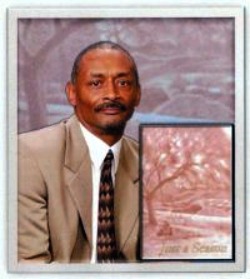
President of JT Wills Consulting, Speaker, Author, Writer, Blogger, Professor/Teacher, Radio Host, member and past officer of several Business, Community, College Board’s, a Volunteer, and friend to many. Regardless of the worldly titles given, I prefer to be called a man.
Just a Season – A Must Read Novel © 2010
Legacy – A New Season © 2013








